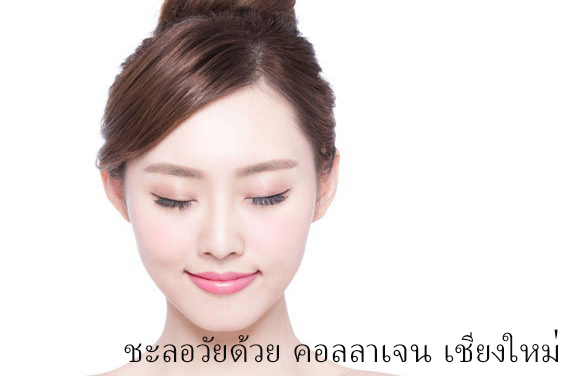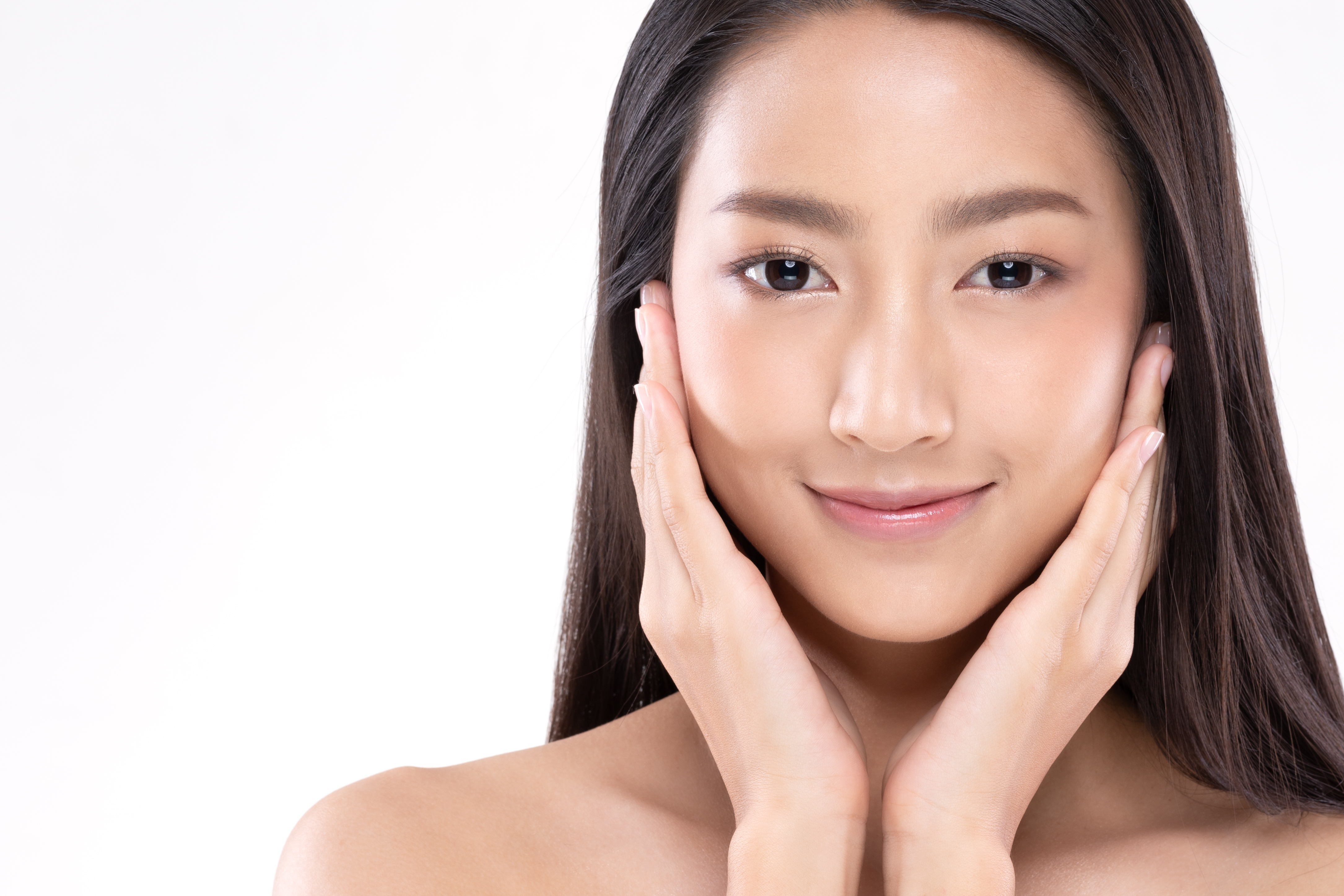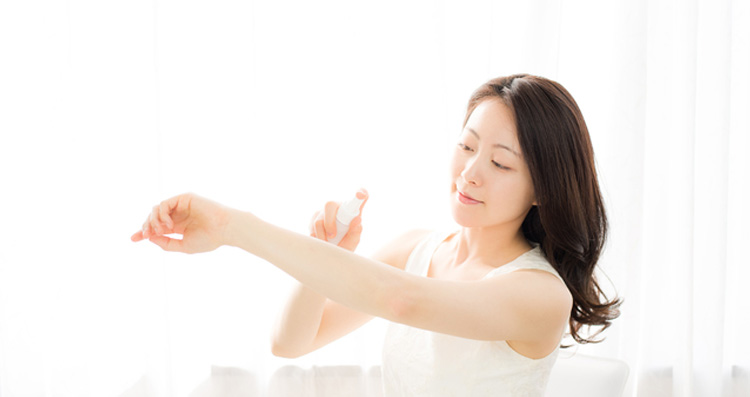
Thinning hair refers to minor to moderate hair loss. Unlike widespread hair loss, thinning hair doesn’t necessarily cause baldness. It does, however, give the appearance of thinner spots of hair on your head.
Thinning hair happens gradually, which means you have time to pinpoint the causes and figure out the best treatment measures.
Most cases of thinning hair are treatable at home. Consider the following 12 options, and talk to your doctor before taking any supplements.
Perhaps the cheapest method of getting thicker hair is a scalp massage. It doesn’t cost anything, and there are no side effects.
When you wash your hair, gently apply pressure with your fingertips around your scalp to encourage blood flow. For even more benefits, you can try a handheld scalp massager to also remove dead skin cells.
Essential oils are liquids derived from certain plants, and they’re primarily used in aromatherapy and other types of alternative medicine. According to the Mayo Clinic, lavender oil has been used with success by some people with pattern baldness. The oil is often combined with other types, such as those made from rosemary and thyme.
Still, there’s not enough evidence that essential oils can treat baldness or thinning hair. If you do decide to give this treatment a go, make sure you test a small amount of the oil on your arm and wait 24 hours to see if any reaction develops. Redness, hives, or a rash could indicate an allergic reaction.
Anti-thinning shampoo works in two ways. First, such products provide volume for your hair, so it looks thicker. This can be helpful for people who have thinning or naturally fine hair.
Shampoos for thinning hair or hair loss also contain vitamins and amino acids that promise a healthier scalp to generate more hair over time. To get the best results, use products every day. You can also ask your healthcare provider about a prescription-strength version of the shampoo.
Healthy hair is dependent on your overall good health. In cases of malnourishment, or with certain eating disorders, new hair may fail to generate from follicles. A blood test from your healthcare provider can help determine if you’re deficient in any nutrients.
If you are low in several key areas, your healthcare provider might recommend a daily multivitamin. Healthy hair needs iron, folic acid, and zinc to keep growing thick and strong.
However, the Mayo Clinic advises against taking any extra vitamins if you’re already getting the nutrients you need. This is because there isn’t any evidence that doing so will reverse thinning hair. Furthermore, getting too much of certain nutrients may actually do more harm than good.
Folic acid is a type of B vitamin that’s important for new cell generation. In terms of thinning hair, folic acid is thought to help follicles generate new hair in balding areas. Still, as with multivitamins, there isn’t enough evidence that folic acid is guaranteed to help make your hair thicker.
Biotin, or vitamin B-7, is a water-soluble nutrient that’s naturally found in foods such as nuts, lentils, and liver. If you eat a balanced diet, it’s unlikely that you’re low in biotin. However, supplemental forms of biotin have been on the rise in recent years, thanks in part to marketers promising more energy and better hair growth with such products.
While biotin helps break down enzymes in your body, there’s little evidence that it can help with thinning hair.
You shouldn’t take biotin if you take vitamin B-5 supplements — when taken together, these can reduce the efficacy of one another.
Omega-3 and omega-6 fatty acids are called essential fatty acids. This is because they can’t be made by the human body. Omega-3 helps your body fight inflammation, an underlying cause of numerous conditions. Premature hair loss may also be related to inflammation. Omega-6, on the other hand, is important for overall skin health, which might benefit the scalp.
Plant-based oils are primary sources of omega-6, while omega-3 fatty acids are found in fish. If you don’t normally consume such foods, talk to your doctor about using a supplement.
Best known as its brand-name Rogaine, minoxidil is a hair loss treatment approved by the U.S. Food and Drug Administration (FDA) that’s available over the counter. When applied directly to the scalp twice a day, you may gradually see thicker hair in balding spots. The product is available in either liquid or foam, depending on your preferences.
Rogaine can take up to 16 weeks to take full effect, according to the Mayo Clinic. It’s important that you use the product consistently, or else you may not see results. Scalp irritation and unwanted hair growth on the face and neck are some possible side effects to look out for.
Spironolactone (Aldactone) is prescribed for people who have thinning hair related to androgen production. While technically a “water pill,” Aldactone is an anti-androgen, too. In women, this medication may help treat thinning hair and subsequent hair loss related to hormonal fluctuations. A blood test is needed to make this determination beforehand.
Finasteride (Propecia) is a prescription hair loss medication. It’s for men only. Unlike topical treatments like minoxidil, Propecia comes as a daily pill that men take for hair loss. Women should avoid these medications due to serious side effects — especially if you’re pregnant or nursing.
Corticosteroids are prescription treatments used for conditions linked to underlying inflammation. Sometimes, inflammatory conditions can cause a variety of symptoms, including hair loss.
Laser therapy is typically used by dermatologists and other skin specialists. Now, the FDA has cleared the way for some products to be used at home. At-home laser therapy for hair is intended to help regrow your hair while also making it thicker. The results can take several months to take effect.
The biggest drawback of at-home laser therapy is the cost. Some machines are sold for hundreds of dollars, and they may not work. Talk to your healthcare provider before making such a large investment.




